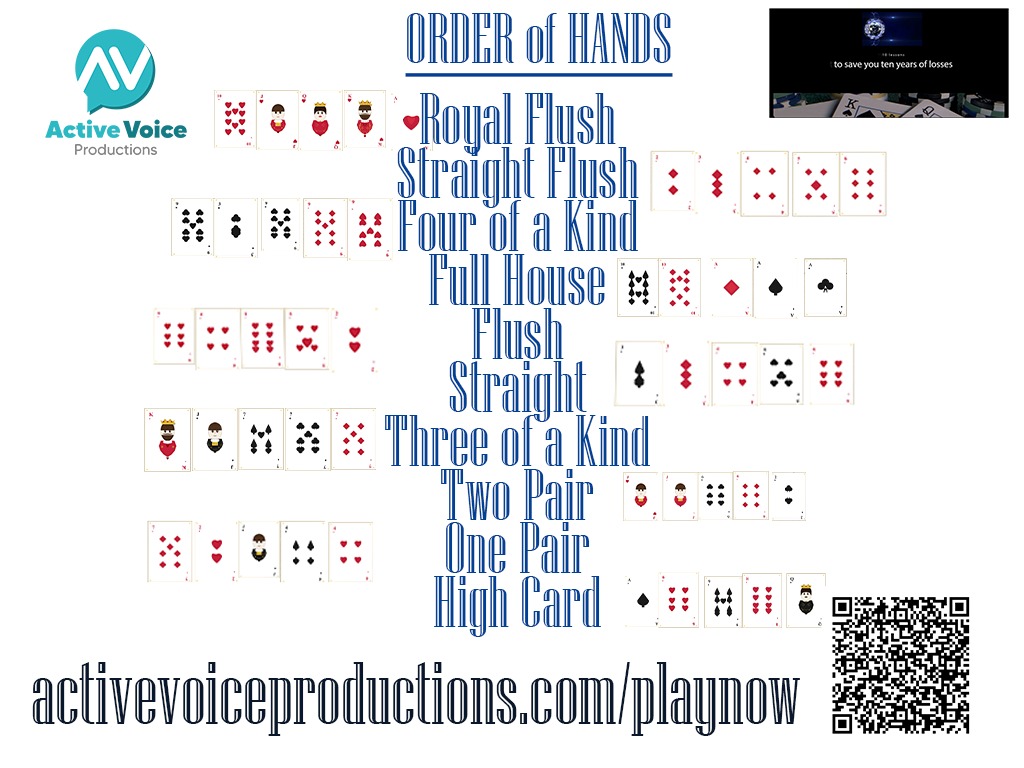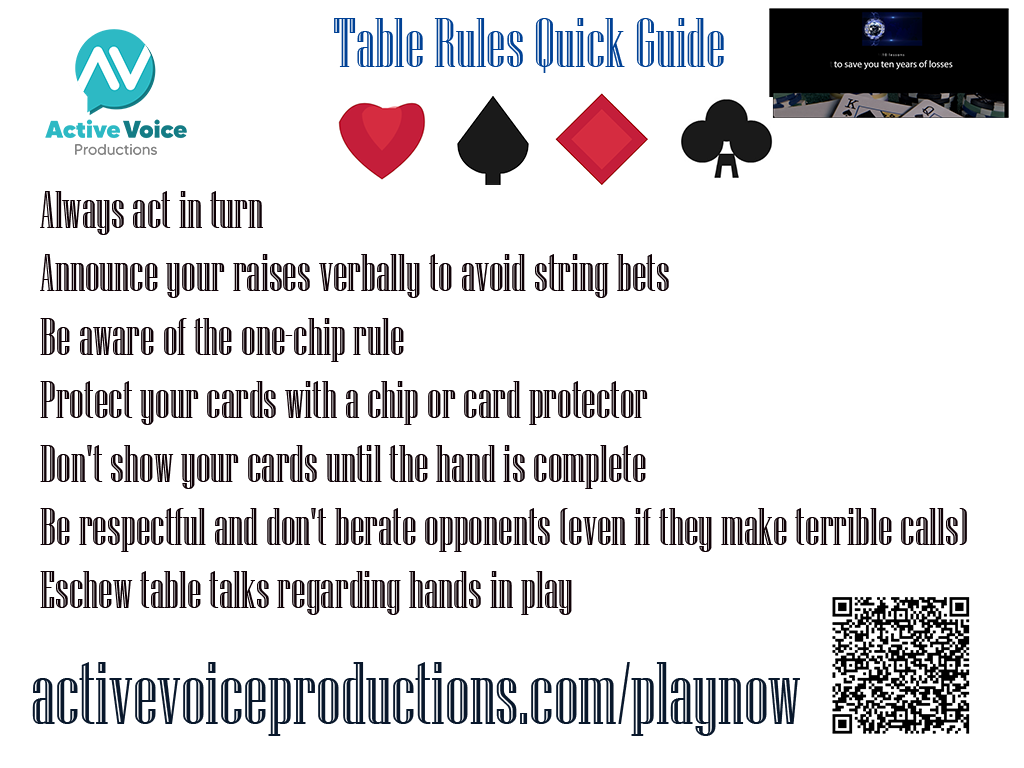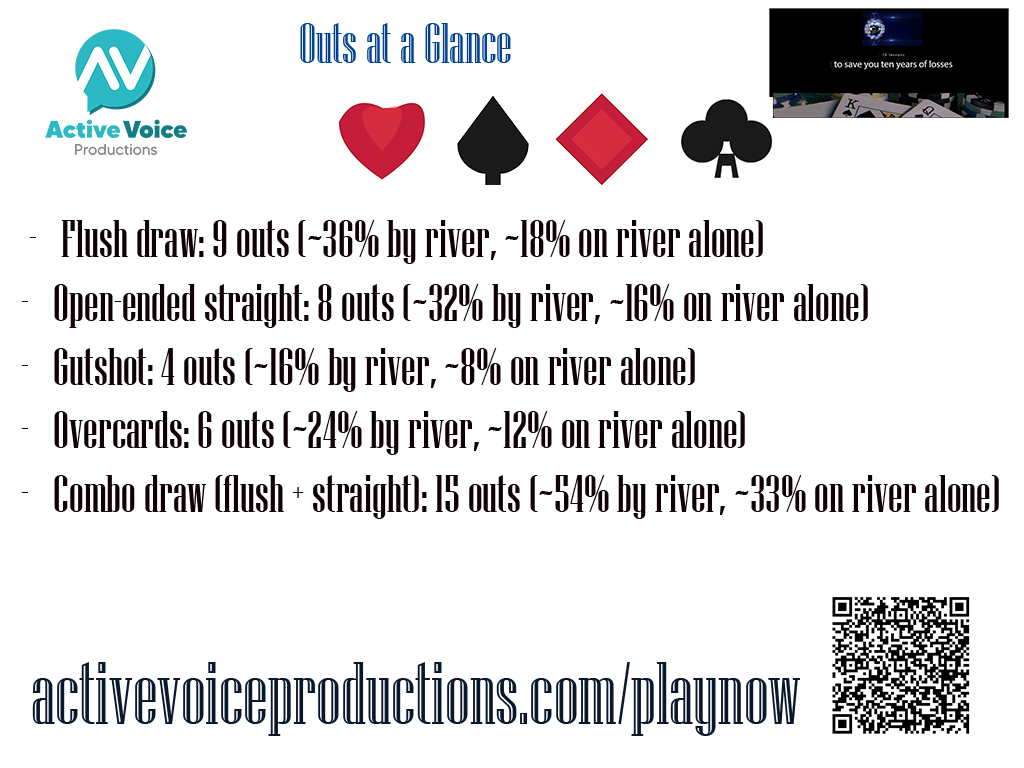A mediocre hand in late position is often more profitable than a good hand in early position.
Position is power.
Position is information.
Position is profit.
The Power of Late Position
Advantage #1: Information When you're on the button, you see exactly what all 8 other players do before you make your decision. Did they check? Bet? Fold? Raise? This tells you so much about their hand strength.
Example: You have A♠ 9♠ on the button. The flop is K♦ 8♠ 3♠. Everyone checks to you. What does this tell you? Probably no one has a king. You can bet with your flush draw and potentially win immediately.
Now imagine you have the same hand in early position and you bet first. Someone behind you might raise with a king, or call with a better draw. You're in the dark.
Advantage #2: Pot Control When you act last, you control the pot size. Want to see a cheap card? Check. Want to build a big pot with your monster? Bet. Want to bluff? You can do it effectively because you know when no one else has shown strength.
Advantage #3: Stealing Blinds Late position is where you print money by stealing blinds with weak hands. If everyone folds to you on the button, you can raise with a wide range—even junky hands—because you only need to get through the blinds.
Advantage #4: Playing Post-Flop with Confidence When you have position, you can see free cards when you want them. If your opponent checks to you, you can check behind with your drawing hand. If they bet, you can call or raise knowing exactly what they've done first.
Without position, you're constantly guessing. Did they check because they're weak or because they're trapping? You act first, so you never know.
Advantage #5: Maximizing Value and Bluffing Effectively When you have a strong hand in position, you can extract maximum value because you can size your bets based on your opponent's actions.
When you're bluffing in position, you can see when opponents show weakness (by checking) and pounce. Out of position, you're bluffing blind—you might bet into strength, or check and then face a bet anyway.
Bottom line: Position is worth about 20-30% in expected value. A hand that loses money in early position often makes money on the button. That's how powerful it is."
The Disadvantage of Early Position
Problem #1: No Information When you're under the gun, you act first pre-flop and first post-flop. You have zero idea what anyone behind you will do. Will they fold? Call? Raise? Re-raise? You're flying blind.
Example: You have K♠ Q♠ under the gun. You raise. Three players call, and one player re-raises behind you. Now what? You've committed chips, but you have no idea if your K-Q is good. You're in a tough spot.
If you had the same hand on the button and saw everyone fold to you, you'd raise with confidence and likely take down the blinds. Position transforms the same hand's profitability.
Problem #2: Playing the Entire Hand Out of Position When you check, you invite bets. When you bet, you risk running into strength. It's exhausting and expensive.
Problem #3: Vulnerability to Aggression Players in late position can push you around because they know you're weak (by virtue of seeing you check or bet small). They can raise your bets, forcing you to either commit more chips or fold.
Problem #4: Difficult to Realize Equity Even when you have a good hand, you might not "realize your equity"—meaning you don't always get to see all five community cards cheaply. Someone might raise you off your draw. Someone might bet you out of the pot.
How to Play Early Position: Since early position is so disadvantageous, you must compensate by playing tighter—better starting hands only.
Ultra-tight range: Only play premium hands (AA, KK, QQ, AK) and strong hands (JJ, TT, AQ suited).
Avoid trouble hands: Don't play suited connectors, small pairs hoping to flop a set, or weak aces. These hands play well in position but poorly out of position.
Be prepared to fold: If you raise in early position and face resistance, be willing to fold unless you have a premium hand.
Respect aggression: When someone re-raises you from late position after you've raised from early position, they're likely strong. Don't get stubborn.
Key principle: You cannot out-play the position disadvantage. You can only minimize the damage by playing fewer, stronger hands."
Early Position (UTG, UTG+1, UTG+2) - Play 10-15% of hands: Stick to the strongest hands:
Premium pairs: AA, KK, QQ
Strong pairs: JJ, TT
Premium broadway: AK (suited and offsuit), AQ suited
Occasionally: 99, KQ suited if table is passive
Fold everything else. Yes, even pocket 8s. Yes, even suited connectors. These hands are profitable in late position but lose money in early position.
Middle Position (MP1, MP2) - Play 15-20% of hands: Add some more hands to your range:
All early position hands
Medium pairs: 99, 88, 77
More broadway: AQ offsuit, AJ suited, KQ suited
Suited connectors: JTs, T9s (if stacks are deep)
You have slightly more information and fewer players to act behind you, so you can open up a bit.
Late Position (Hijack, Cutoff) - Play 20-30% of hands: Now you can get creative:
All middle position hands
Small pairs: 66, 55, 44 (to flop sets)
More suited connectors: 98s, 87s, 76s
Suited aces: A9s through A2s (for flush potential)
More offsuit broadway: KJ, QJ, JT
You're getting closer to the button, so you can speculate more.
The Button - Play 30-50% of hands: This is where you become a maniac (in a good way):
You have maximum position, so you can play a huge range profitably. If everyone folds to you, raise with literally anything to steal the blinds.
The Blinds - It's Complicated: The blinds are tricky. You've already posted money, so you get a "discount" on seeing the flop. But you have terrible position post-flop.
Small Blind: You're in the worst position post-flop. Play tighter than the button but looser than early position when facing a raise. If it folds around to you, raise or fold—don't limp.
Big Blind: You're already invested, so you can defend with a wider range against raises. Against a button raise, you can call with many hands because you're getting good pot odds. But remember—you're still in terrible position post-flop, so be prepared to fold if you miss.
Exploiting Position Post-Flop
Let's talk about specific post-flop tactics that leverage position.
Tactic #1: The Float Your opponent bets the flop from early position. You have position and a weak hand or draw. You call (float) with the intention of taking the pot away on a later street when they check.
Example: You have 7♠ 6♠ on the button. Flop is K♠ 9♦ 3♣. Your opponent bets. You have nothing but a backdoor flush draw. You call. Turn is a 2♥. They check. You bet and take down the pot.
Why it works: You have position, so when they check the turn, it signals weakness. You can bet and win without improving. This only works because you have position.
Tactic #2: Pot Control with Medium Hands You have a decent but not great hand—like middle pair. In position, you can check behind to see free cards and control the pot size.
Example: You have 9♠ 9♣ on the button. Flop is K♦ 8♣ 4♠. Your opponent checks. You check behind (pot control). Turn is a 5♥. They check again. You can value bet small or check again. You control the action.
Out of position, you'd have to bet and hope they don't raise, or check and face a bet. You lose control.
Tactic #3: Delayed Continuation Bet When you have position and your opponent checks the flop, you can check behind with a strong hand, then bet the turn when a scare card arrives.
Example: You have A♠ A♣ on the button. Flop is 9♥ 7♦ 3♠. Opponent checks, you check behind (disguising strength). Turn is the Q♠. Opponent checks, you bet. The queen looks like it helped you, so you might get action from worse hands.
Tactic #4: Thin Value Betting In position, you can bet smaller amounts with marginal hands because you know your opponent's actions first. This extracts value from worse hands.
Example: You have A♦ 10♦. River is A♠ 8♣ 4♥ 3♦ 2♣. You have top pair, weak kicker. Opponent checks. You bet 40% pot for thin value. Hands like pocket 7s or 8-x might call. You couldn't do this out of position—you'd have no idea if they're going to raise.
Tactic #5: Better Bluff Selection In position, you can choose optimal times to bluff because you see when opponents show weakness by checking. You're not bluffing blind.
Example: Board is Q♠ J♦ 7♠ 4♣ 2♥. Opponent checks the river. You have complete air. But the board didn't complete any draws, so your opponent is likely weak too. You can bluff with confidence because they checked—showing they don't have much.
Position allows you to be aggressive when appropriate, passive when appropriate, and always on your terms. Without position, your opponents dictate the action.
Common Position Mistakes and How to Avoid Them
Mistake #1: Playing Too Many Hands in Early Position Beginners see suited connectors or small pairs and think "I can hit a straight or set!" They play these from early position and consistently lose money.
Solution: Just fold them. Wait for better spots. These hands are profitable on the button, not under the gun.
Mistake #2: Not Raising Enough from Late Position Players wait for premium hands even when they're on the button and everyone folds to them. This is leaving money on the table.
Solution: If you're on the button and everyone folds, raise with any two cards. You only need the blinds to fold 40-50% of the time to profit immediately.
Mistake #3: Defending Blinds Too Liberally Just because you've already posted the blind doesn't mean you should call raises with junk. The big blind discount doesn't overcome terrible position post-flop.
Solution: Defend your blinds, but not with trash. Have a plan. If you call with 9♠ 6♦, what are you hoping to flop? If the answer is "I don't know," fold.
Mistake #4: Not Recognizing Relative Position Sometimes your absolute position matters less than your position relative to the aggressor.
Example: You're in the cutoff and you raised pre-flop, but the button called. If the big blind calls too, they act first and you could find yourself trapped between a better and a raiser. Late position doesn’t help you when the button is still in behind you.
Solution: Be aware of who has position on whom. If the pre-flop raiser is behind you, you're at a disadvantage even if you're in "late position."
Mistake #5: Playing the Same Hand the Same Way in Every Position A hand like K♠ J♠ should be played very differently in early position versus the button.
Early position: Fold or maybe call a raise if you're feeling frisky. Definitely don't open-raise. Button: Raise for sure if everyone folds to you. Call raises. Play aggressively.
Solution: Think about your position before deciding how to play. Ask: "Would I play this hand differently if I were on the button?" If yes, adjust.
Mistake #6: Not Three-Betting Enough from the Button When late position players raise and you're on the button with a decent hand, you should re-raise (three-bet) more often. This puts you in maximum control.
Solution: Three-bet with hands like AQ, KQ, JJ, TT, and even some suited connectors when you're on the button. You have position throughout the hand—maximize it.








